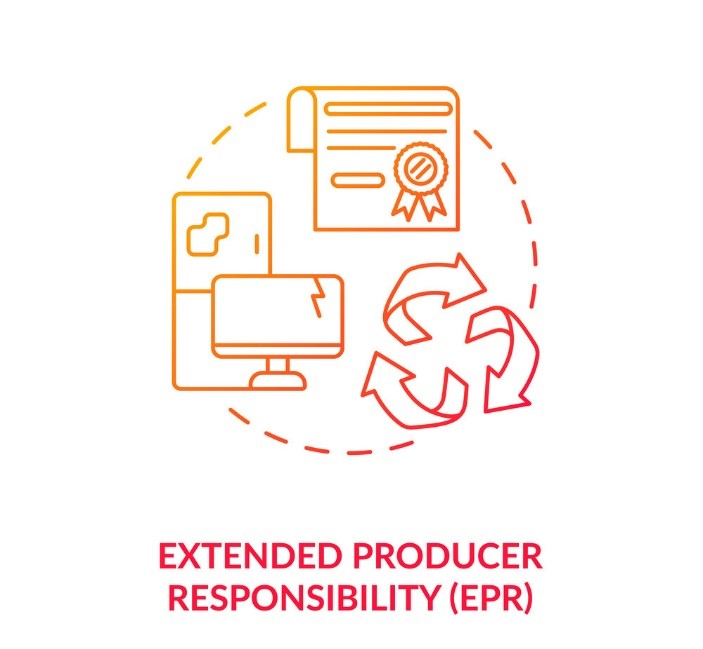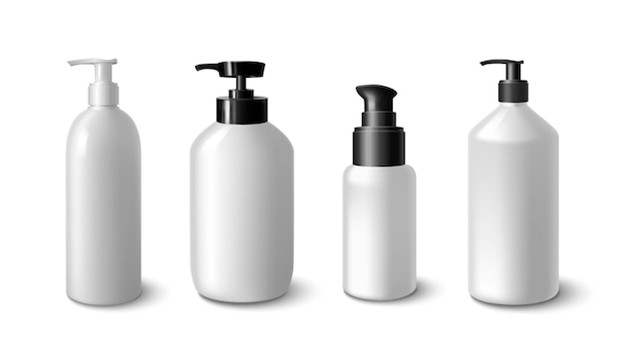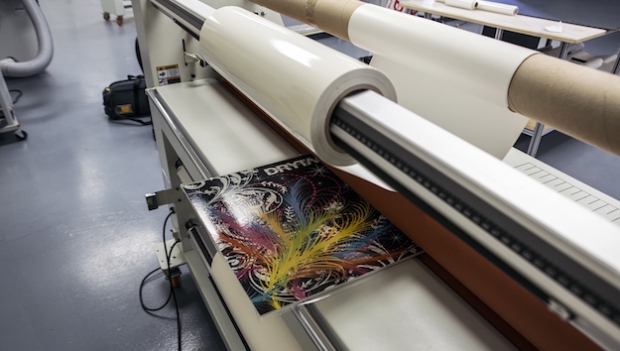
With increasing amounts of waste to manage and dispose, governments pondered the question of accountability.
Whether consumers or producers should both be held responsible for the waste they collectively create and use is continuously debated and the weightage of this divided responsibility is constantly recalibrated.
EPR, or Extended Producer Responsibility, first came about in Sweden in 1990. Thomas Lindhqvist, an academic and then Masters student at Lund University, introduced the concept. The idea was based on holding manufacturers accountable for their products to the Swedish Ministry of the Environment.
His research was aimed at establishing the extent to which current recycling and waste management systems influence new policies that promote cleaner production as well as disposal.
In 1992, Lindhqvist formally defined EPR in a report as:
“An environmental protection strategy to reach an environmental objective of a decreased total environmental impact from a product, by making the manufacturer of the product responsible for the entire life-cycle of the product and especially for the take-back, recycling and final disposal of the product. The Extended Producer Responsibility is implemented through administrative, economic and informative instruments. The composition of these instruments determines the precise form of the Extended Producer Responsibility.”
Coincidentally, many European countries were also looking for reform and novel strategies to improve waste management at the time Lindhqvist introduced his proposal.
This perfectly timed initiative led to the incorporation of various versions of EPR in almost all OECD countries.
Germany was the first country to implement a precedent example of EPR in Europe in 1991. The industry responded to this new policy by setting up a new “dual system” of waste collection compromising of collection streams of both household packaging and municipal waste.
Today, as defined by OECD, EPR is characterized by:
- Incentives for producers: Taking environmental considerations into account when designing their products will reap benefits for the producers.
- Shifting responsibility upstream: Producers are held accountable instead of municipalities
In the next blog, we will detail the implementation strategies along with provisions made in the name of EPR in various countries across the world.







